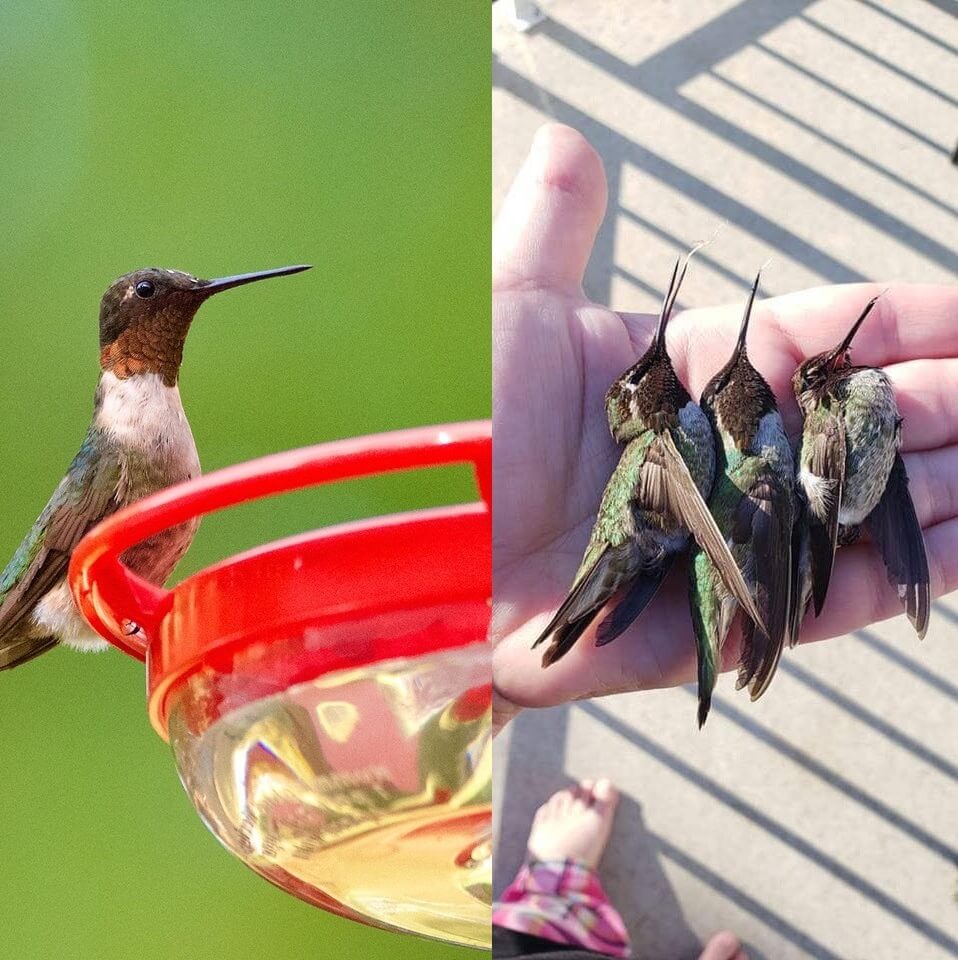If you’re someone who enjoys birdwatching and creating a backyard sanctuary, you’ve likely set up a bird feeder or two. Hummingbird feeders, in particular, are a favorite for attracting these delicate, vibrant creatures. However, what many people don’t realize is that failing to properly clean a hummingbird feeder can actually be fatal to the very birds you’re hoping to nourish.
Why You Should Clean Your Hummingbird Feeder Regularly
According to experts at World of Hummingbirds, these feeders need to be thoroughly cleaned at least every three days. Neglecting this routine can lead to the growth of harmful mold and mildew inside the nectar reservoir. Hummingbirds are incredibly tiny, with fragile digestive systems and delicate internal organs—so even a small amount of contaminated nectar can lead to serious illness or death.
Warning Signs of Contaminated Nectar
If you ever notice your hummingbird nectar turning cloudy, developing a slimy texture, or appearing discolored, take immediate action. Remove the feeder from your yard and completely disassemble it. Dispose of any remaining nectar and rinse all parts thoroughly with hot water.
How to Properly Clean a Hummingbird Feeder
Use a soft, small scrub brush to remove sticky residue from tight corners and feeding ports. If you choose to use soap, opt for a mild, unscented version, and rinse thoroughly to make sure no residue remains. After washing, allow every part to air-dry completely before reassembling.
Safe Refilling and Responsible Feeding
Once dry, fill your clean feeder with fresh nectar and hang it back outside. By doing this regularly, you’ll ensure a safe feeding environment for visiting hummingbirds and prevent dangerous mold growth that could harm them.
Help Protect Hummingbirds by Spreading Awareness
Regular maintenance of hummingbird feeders not only helps preserve the health of these stunning pollinators but also supports your backyard ecosystem. Share this crucial tip with fellow nature lovers, friends, and neighbors who may have feeders of their own. When more of us take these simple precautions, we help protect one of nature’s most beautiful and fragile bird species.
